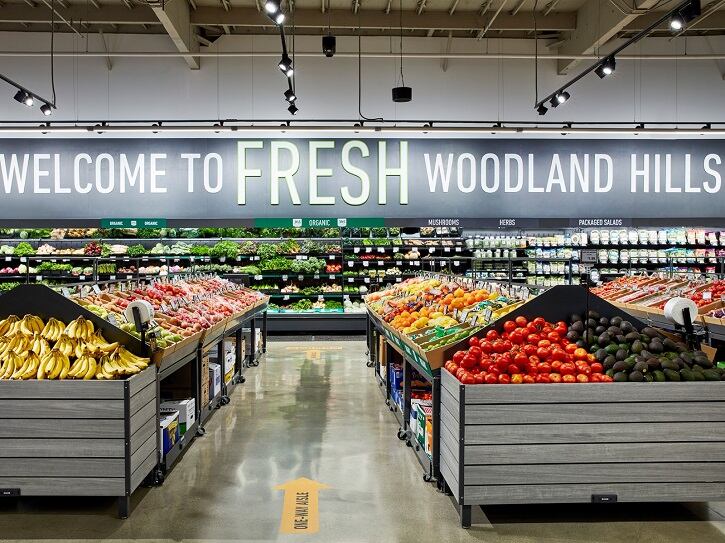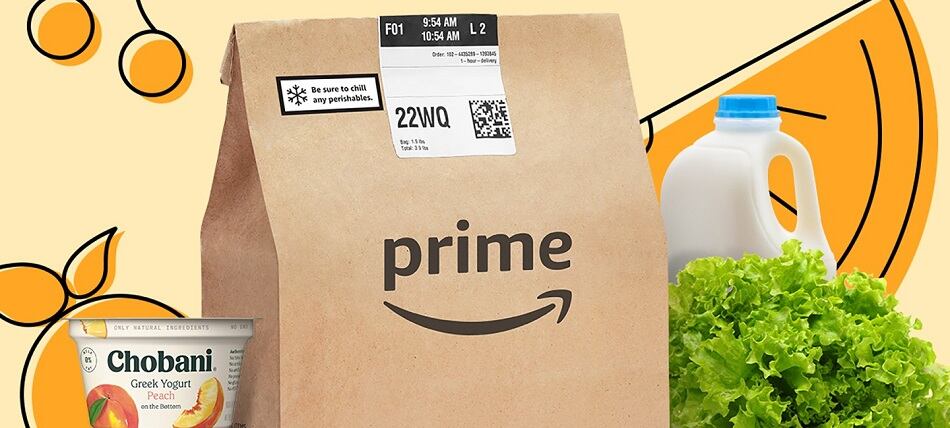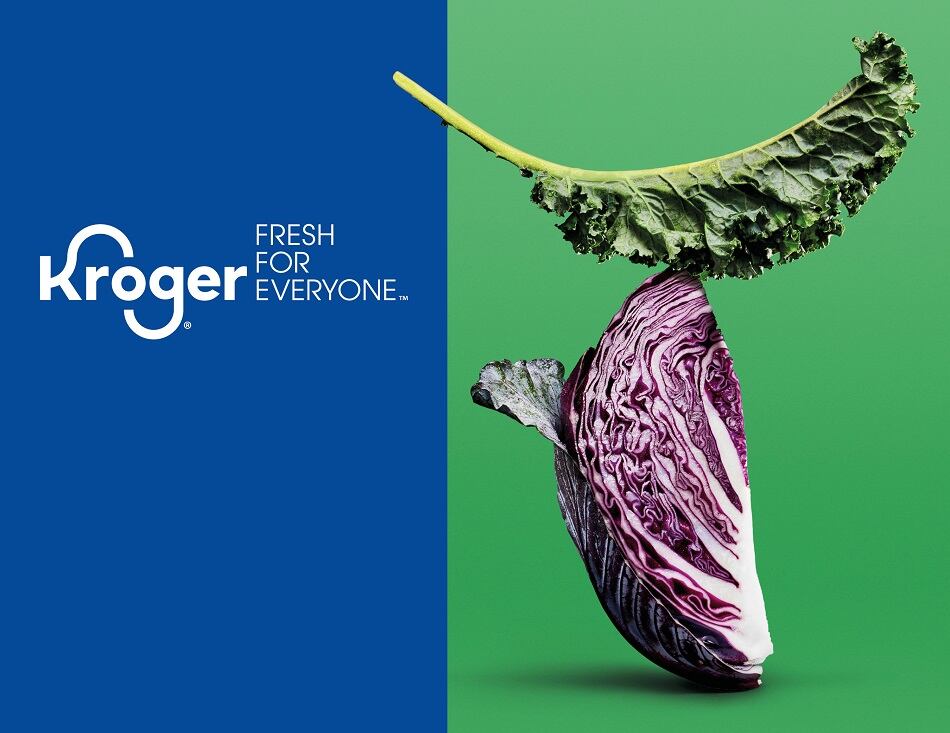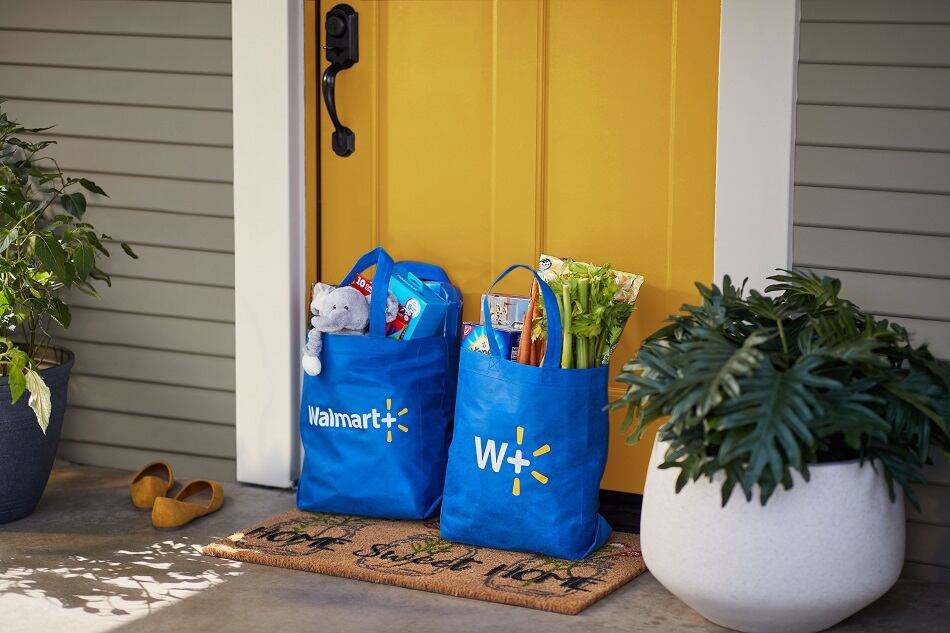The online retailer also nearly doubled its operating income to $6.2bn to support the more than 400,000 new jobs (full-time, seasonal, and corporate) created in 2020 and other COVID-related costs.
“In total, we've incurred more than $7.5bn in incremental COVID related costs in the first three quarters of 2020 and we expect to incur approximately $4bn in Q4,” Amazon senior vice president and chief financial officer, Brian Olsavsky, said in the company’s Q3 2020 earnings call earlier this week.
Launched in 19 countries this year, Amazon Prime Day surpassed $3.5bn in sales on the first day of the online shopping event, a nearly 60% increase from last year driven by strong performance from hundreds of thousands of small- and medium-sized businesses who took part in the online shopping event, noted Olsavsky.
“These businesses thrived on Prime Day. Our third-party sellers services revenue continue to grow faster than online stores revenue."
Debut of Amazon Fresh stores
The first Amazon Fresh grocery stores opened in Woodland Hills and Irvine, California, this quarter, to offer in-store and online customers a seamless grocery shopping experience which Amazon said provides consistently low prices, a wide assortment of national brands and freshly prepared foods, and free same-day delivery and pick-up for Prime members.
The stores also offer new ways to grocery shop including access to Amazon Dash Cart, which enables customers to skip the checkout line, and new Alexa features to help customers manage their shopping lists and better navigate aisles.

Benefit of too much capacity
“Our intent is to continue to deliver a great grocery delivery experience for our customers,” said Olsavsky.
“In Q3, our year-over-year growth rate of online grocery sales continued to accelerate and we continue to offer more convenient options for customers including grocery pick up which is now available from all Whole Foods Market stores,” said Olsavsky.
Amazon’s online grocery service also contributed to a rise in Prime memberships, which saw improved renewal rate in Q3 compared to previous quarters.
While Amazon undoubtedly benefited from the stock-up behavior of grocery and household items at different points during the pandemic, this behavior has hit somewhat of a slowdown in recent months.
“Early on there were a lot of stock ups of groceries and other household supplies followed by a wave of people buying gloves and disinfectant wipes and masks. That may be a bit of bubble that people are not going to buy as much next year, [and] hopefully that will be a good problem to have,” said Olsavsky.
'We're erring on the side of having too much capacity'
Despite fluctuating demand, Amazon is erring on the side of caution and intends to have excess capacity moving into Q4, which according to Olsavsky puts it in a better position to meet potentially high customer demand further down the road as the country copes with a second coronavirus wave. Excess capacity will also help insulate customers from price variability and item availability experienced when the first wave hit, he said.
“We did expect to build out our logistics capacity a lot this year especially as we have been rolling out one-day delivery the middle of last year, that was setting us up for a big build this year,” he said.
“I think at this point we're not trying to cut it close and we're erring on the side of having too much capacity and we think that's the right call. It has been this year.”
For Q4 2020, Amazon expects net sales to be between $112bn and $121bn, or to grow between 28% and 38% compared with Q4 2019.




